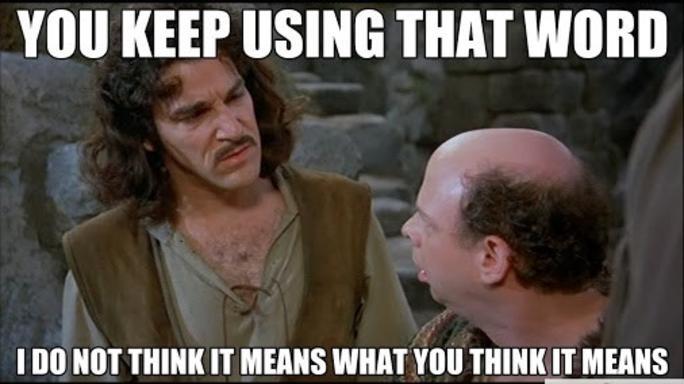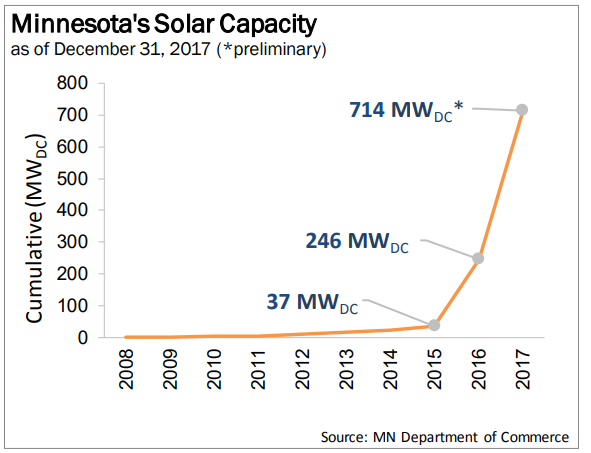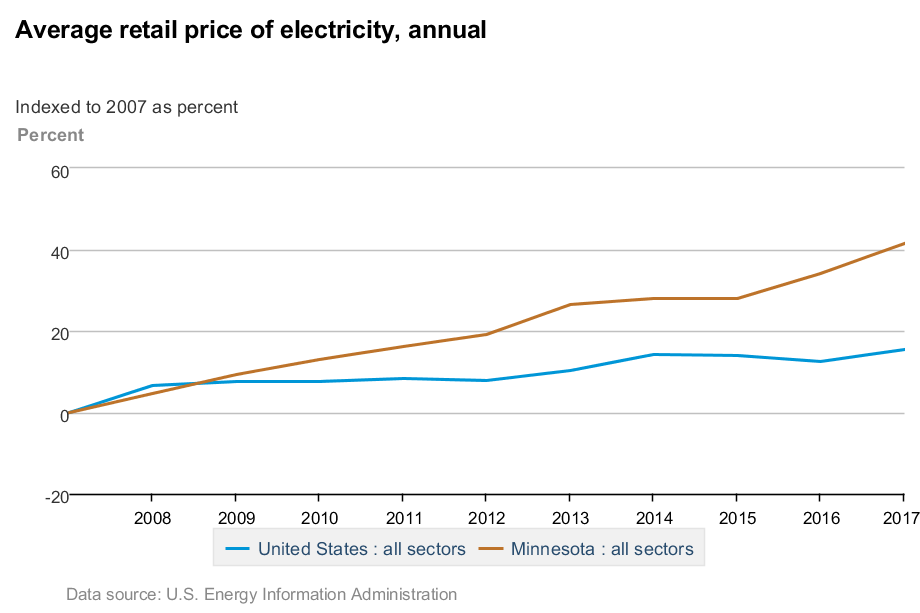Sorry, Citypages. Free Enterprise Has Nothing To Do With Renewable Energy Growth
Citypages writer Pete Kotz recently wrote an article claiming renewable energy is a free market success story, and that jobs in the renewable energy industry are “blowing up” despite “sabotage” from none other than Center of the American Experiment.
If a few inconvenient truths about wind and solar energy and a handful of billboards can garner such angst from Citypages, I feel like we’re doing something right.
Unfortunately for Citypages, free enterprise has almost nothing to do with the growth of renewable energy in Minnesota, and embarrassingly for Mr. Kotz, the very first sentence of his article is objectively wrong. Kotz writes:
I wish the Tax Cuts and Jobs Act had cut these lavish handouts to the wind and solar industry, but sadly, they survived in the final version of the bill. This information is readily available just about anywhere on the internet.
Kotz continued to espouse how “free enterprise” has led to the boom in renewable energy jobs and generation, but in reality, it is a combination of lavish federal handouts and state policies that prop up the renewable energy industry that would falter without them.

In fact, there are a total of 162 different state and federal programs that prop up the wind and solar industries in Minnesota. Renewable energy constitutes 25 percent of our electricity generation because the state’s renewable energy mandate requires Minnesota utility companies to get 25 percent of our electricity from renewables by 2030. It’s government mandates, not free markets, that are propelling renewable energy.
Let’s take solar, for example. In 2013, Governor Mark Dayton signed a law forcing four investor-owned electric utilities to generate 1.5 percent of their electricity from solar by 2020, a 30-fold increase in the amount of electricity generated from solar in 2013. The graph below shows what happens when utility companies are forced to comply with mandates, it does not show “free enterprise.”

Renewables boosters pretend that wind and solar lower the cost of electricity, but this simply isn’t the case. Since 2007, when then-governor Tim Pawlenty signed the first renewable energy mandate into law, Minnesota’s electricity prices have increased 26 faster than the national average. Skyrocketing electricity prices are largely due to the fact that the state has spent $15 billion on wind energy and transmission lines.

Citypages should run a corrected version of their story to account for the fact that federal subsidies were not stricken from the tax bill because their article, as written, is objectively wrong. While other aspects of the article can be more subjective, they should also consult a dictionary to ascertain the definition of free enterprise.